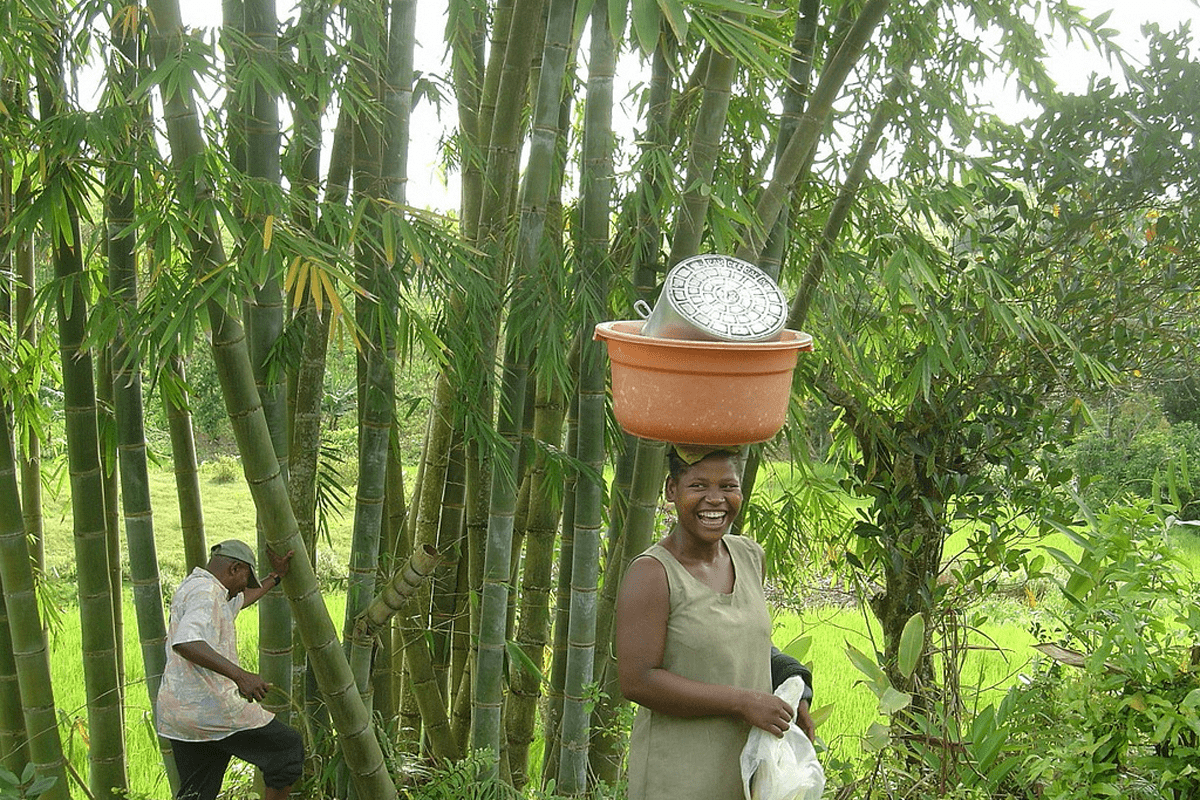Bamboo Charcoal: A Sustainable Energy Source for Africa

When we think of bamboo, we rarely think of Africa. Though most of us know the plant as panda food or as the backdrop of Chinese movies like Crouching Tiger Hidden Dragon, it is also a source of alternative energy that can combat soil degradation and massive deforestation in Africa. A partnership among African nations and communities, the International Network for Bamboo and Rattan—or INBAR (a Burness client)—and China are working to substitute bamboo charcoal and firewood for forest wood on which 80 percent of the rural population in sub-Saharan Africa depends for its fuel needs. Charcoal from bamboo burns longer and produces less smoke and air pollution than ‘natural’ charcoal. Bamboo is one of the fastest-growing plants on the planet. It also can be harvested after just three years and requires little water to grow.
Initial successes with bamboo charcoal in Ethiopia and Ghana are spurring interest in countries across the continent and prompting calls for greater investment in bamboo-based charcoal production as a ‘green biofuel’ that can fight deforestation and mitigate climate change.
Finding an alternative to wood fuel is also important for health reasons. The burning of fuel wood claims the lives of an estimated 2 million people every year—mostly women and children—who inhale the smoke. Continued widespread indoor use of forest wood charcoal as a household fuel could cause 10 million premature deaths by 2030.
INBAR’s Bamboo as Sustainable Biomass Energy initiative is the first to transfer bamboo charcoal technologies from China to sub-Saharan Africa to produce sustainable ‘green biofuels’ using locally available bamboo resources. Driven by growing concerns about energy, health and food security, and climate change, the initiative is funded by the European Union (EU) and the Common Fund for Commodities (CFC).
For more information on the project, check out www.inbar.net or Tina Rosenberg’s column in The New York Times.